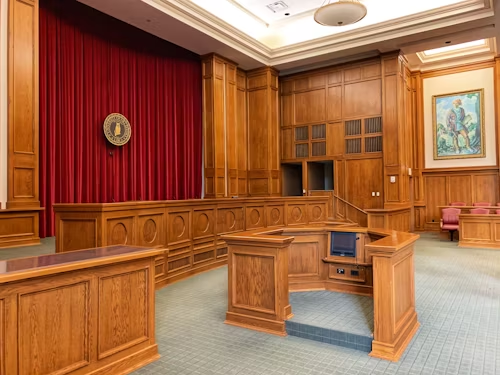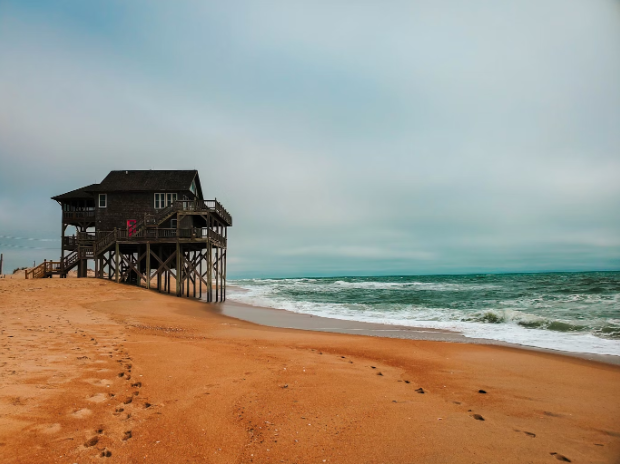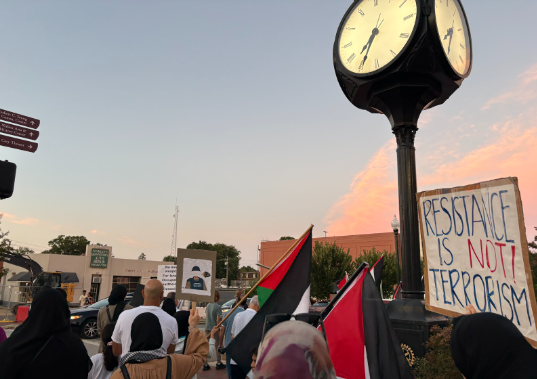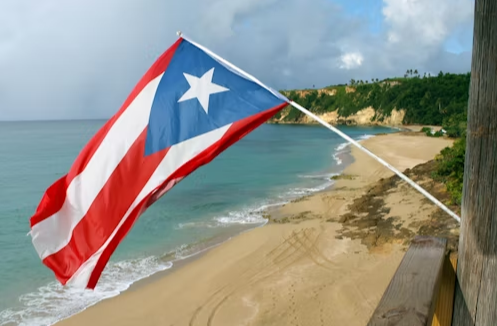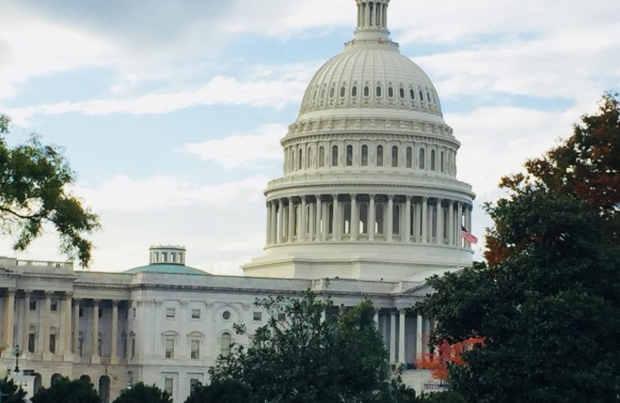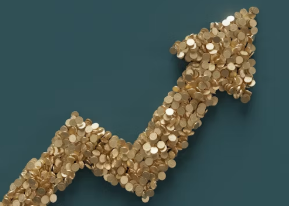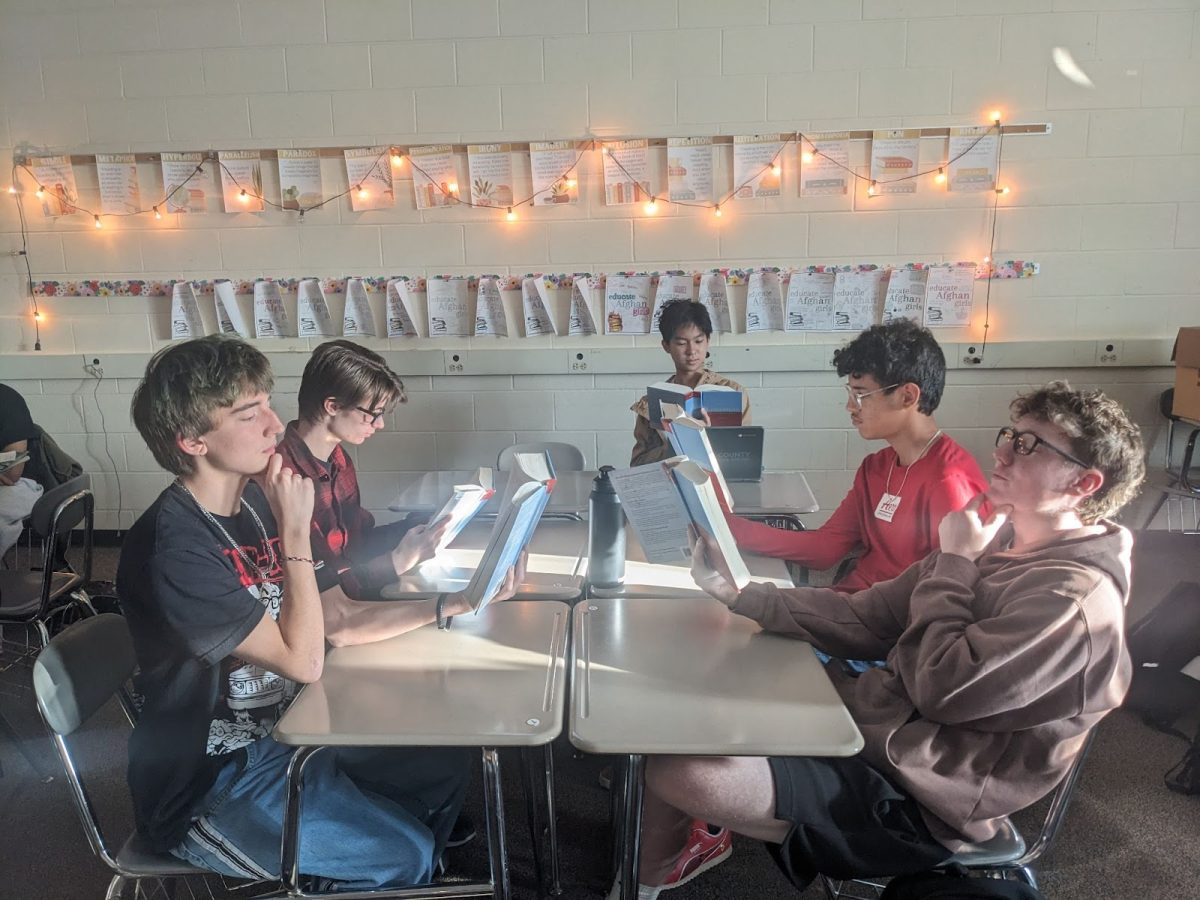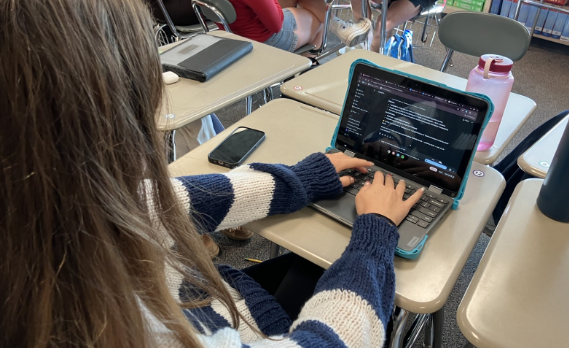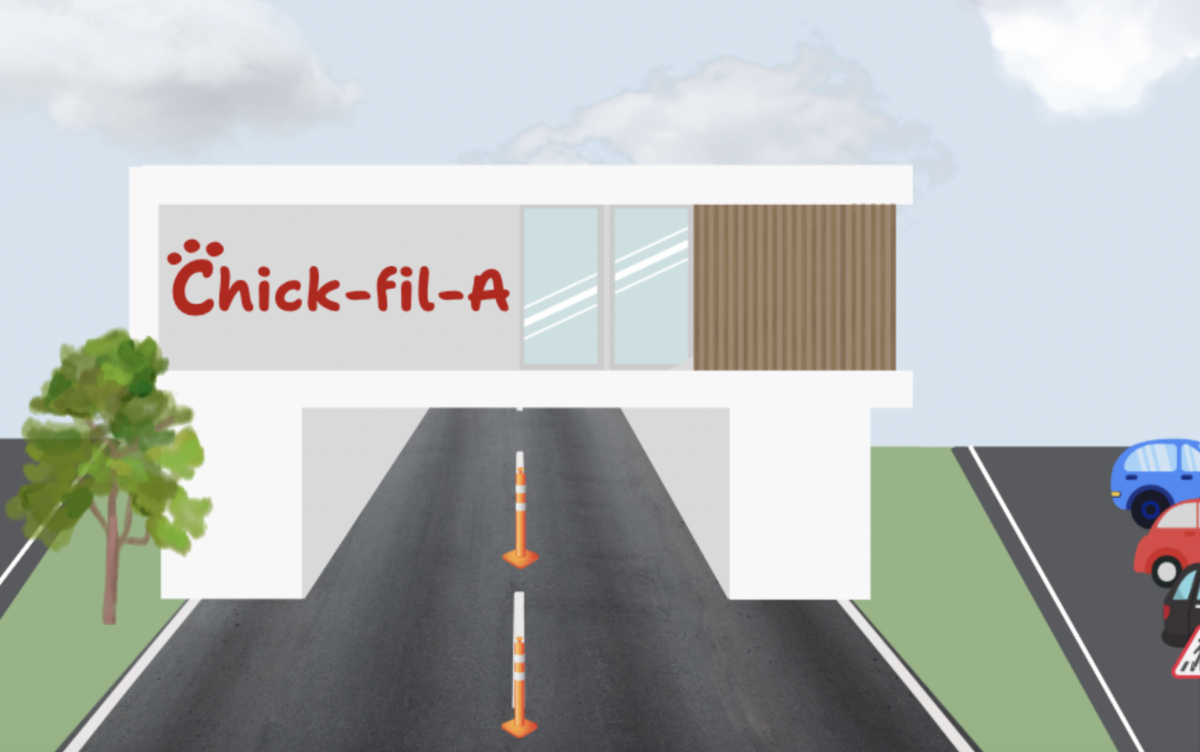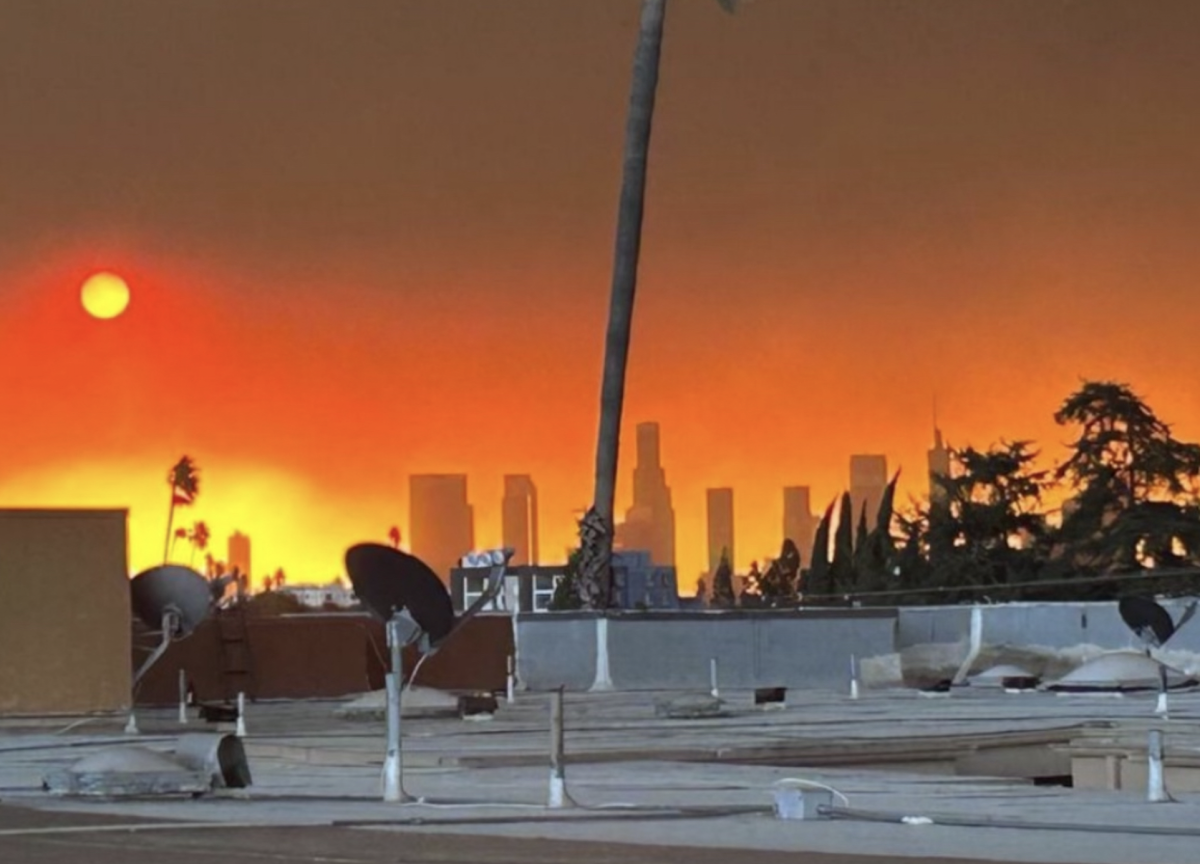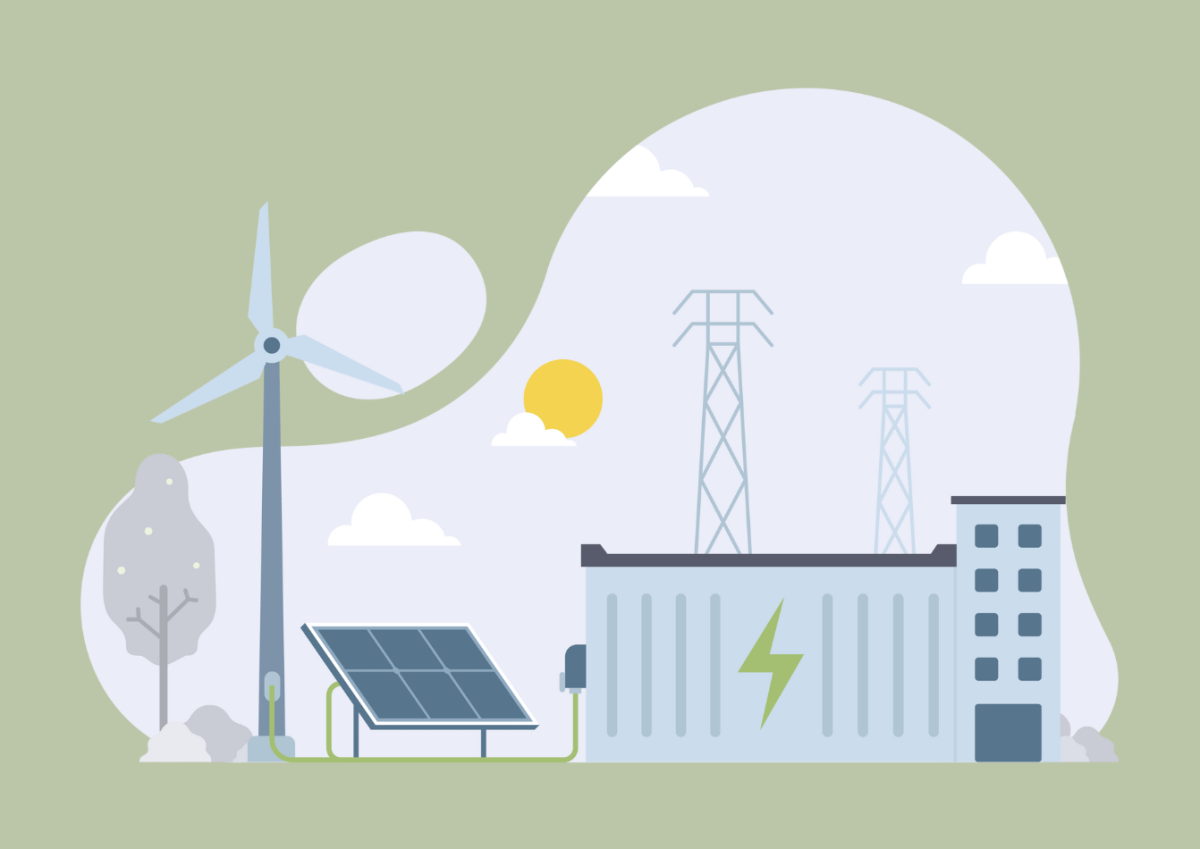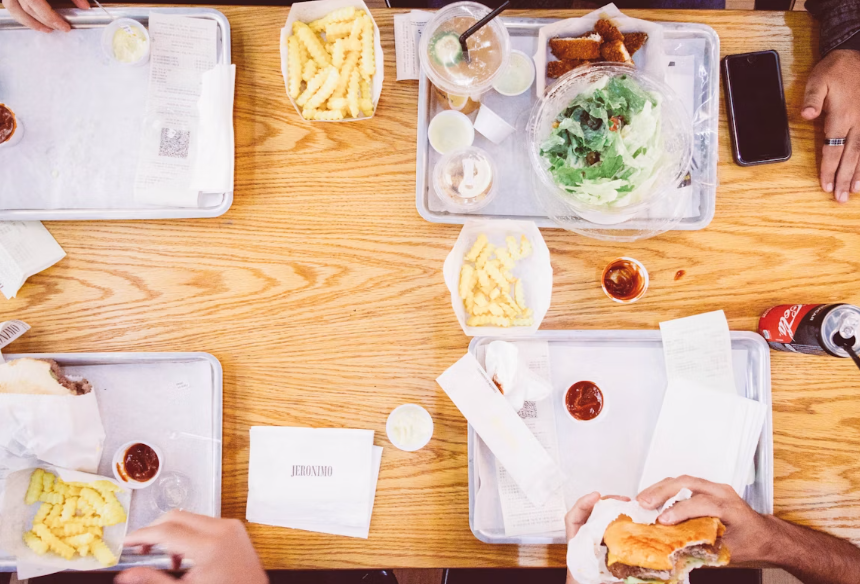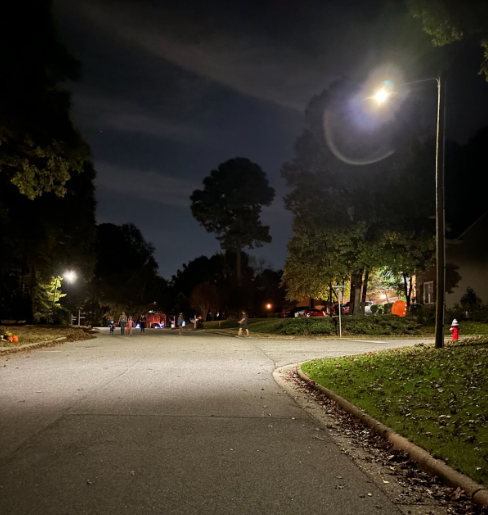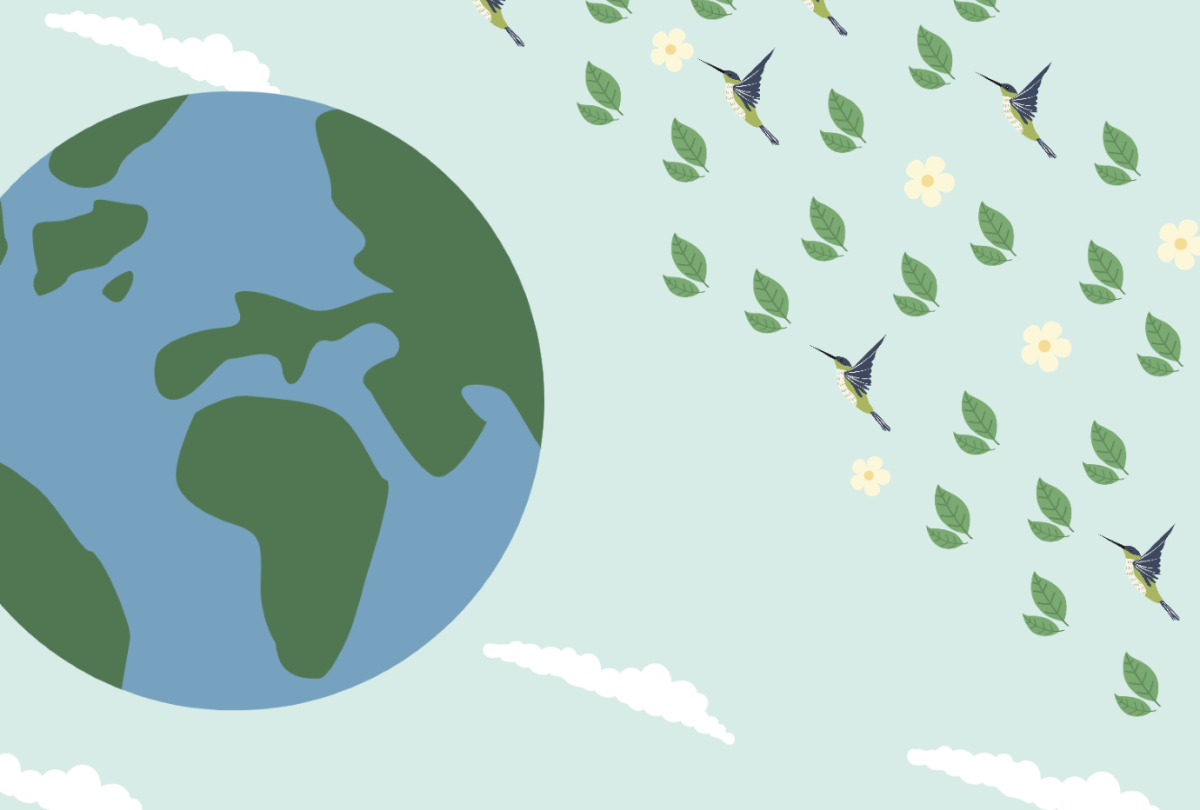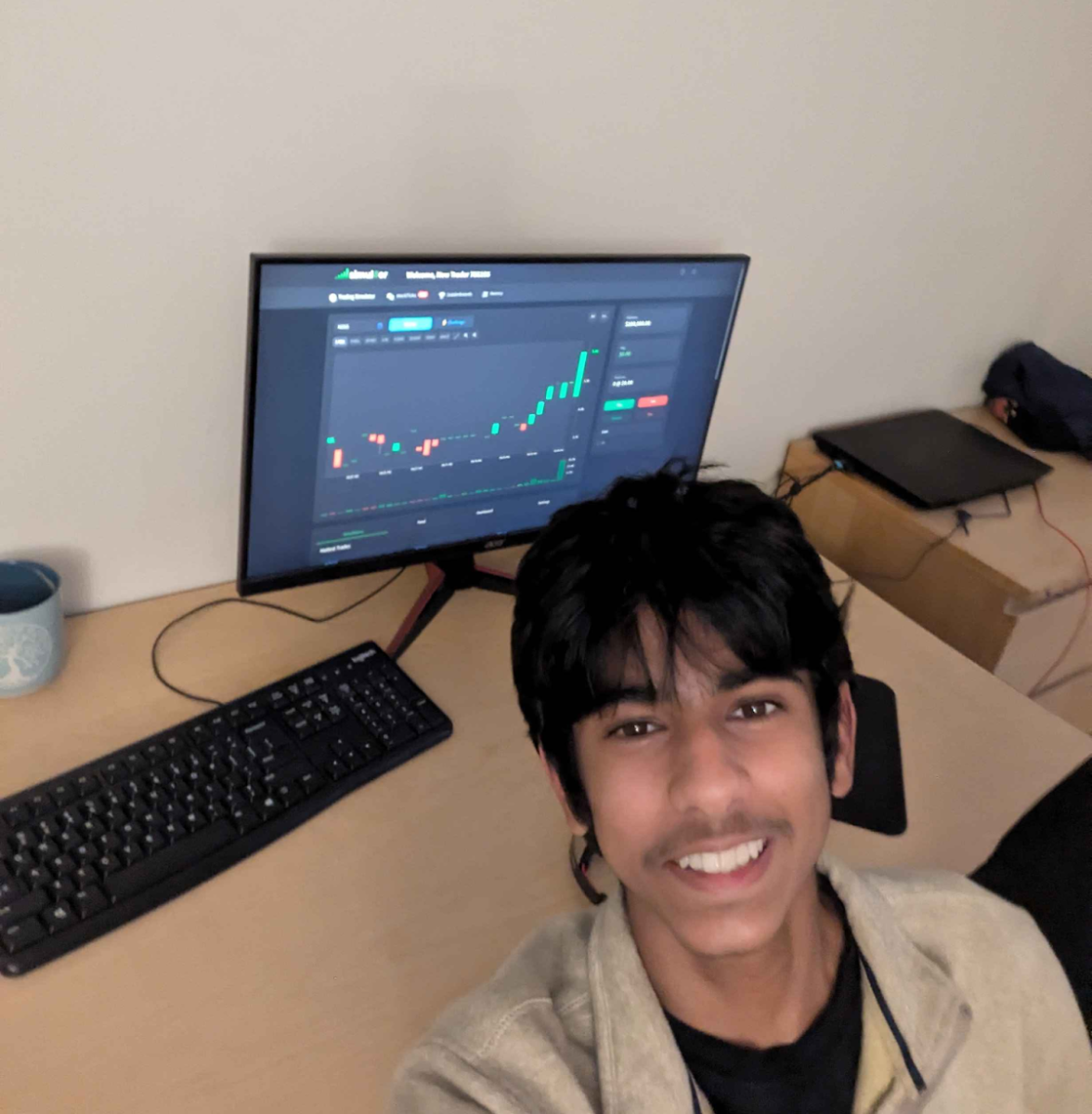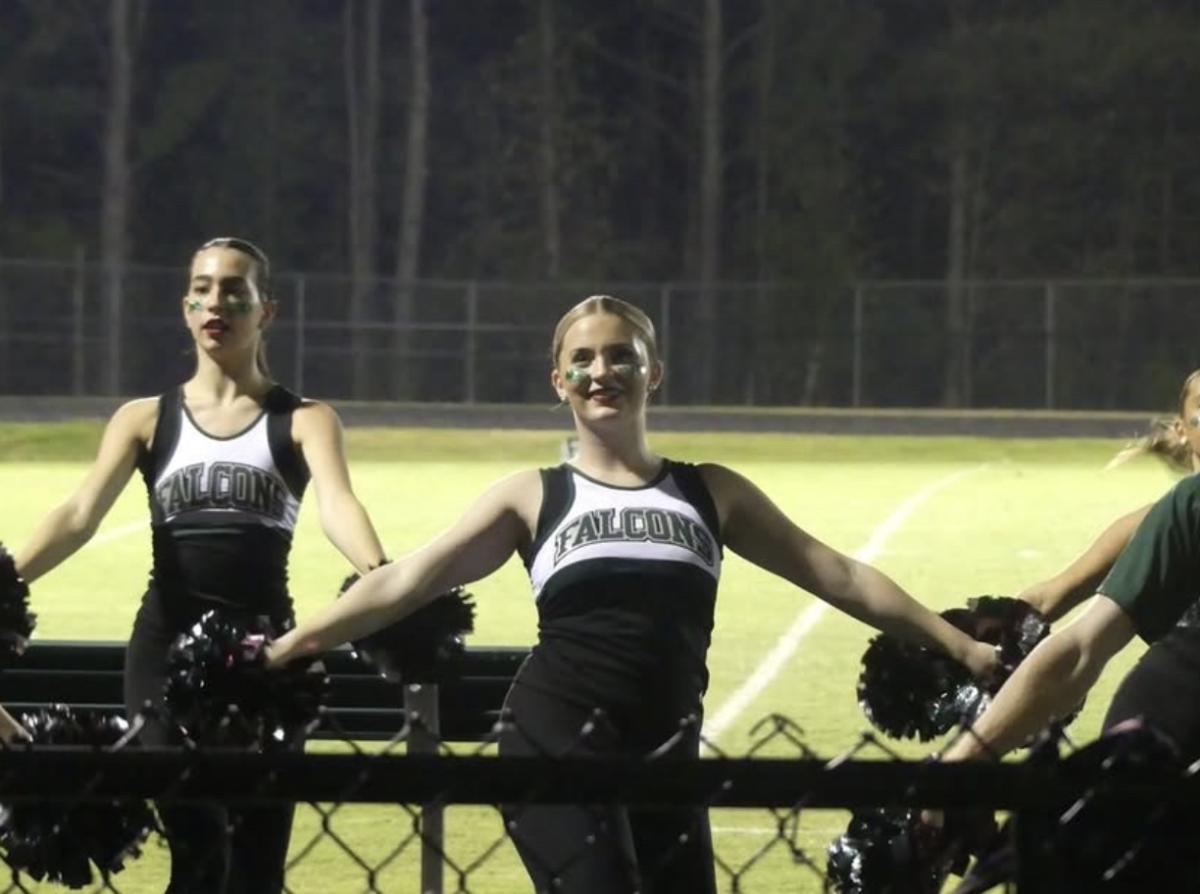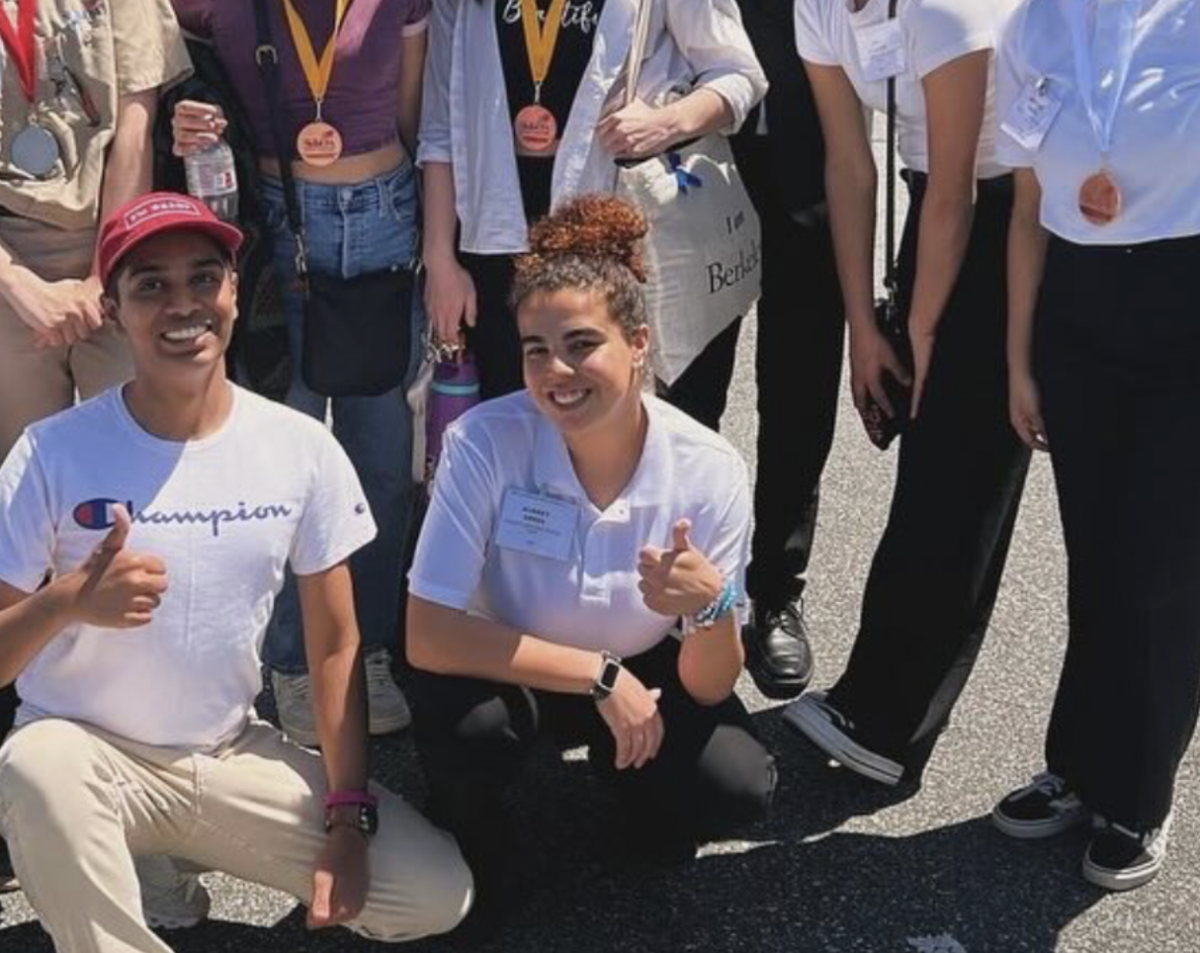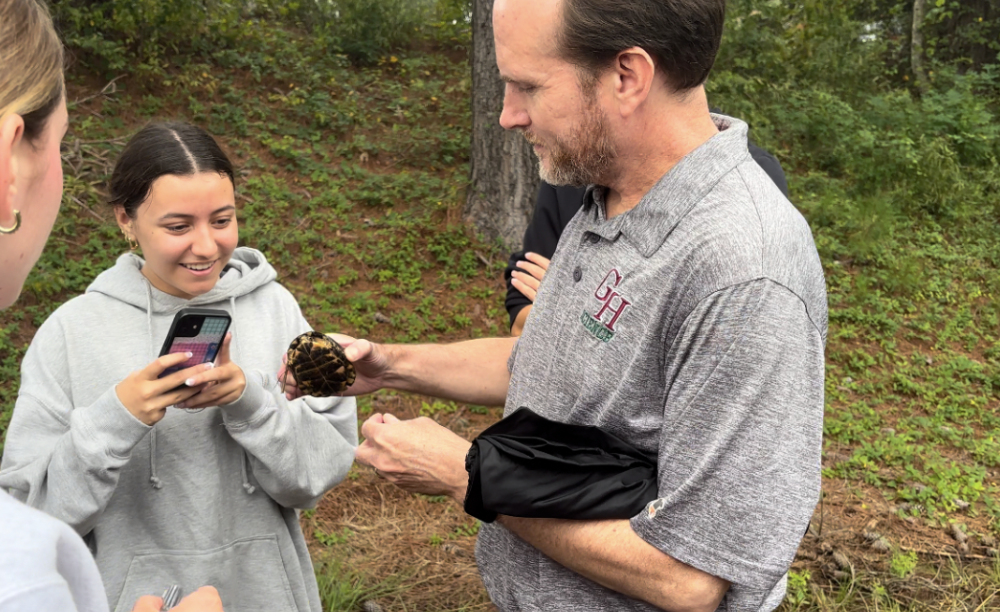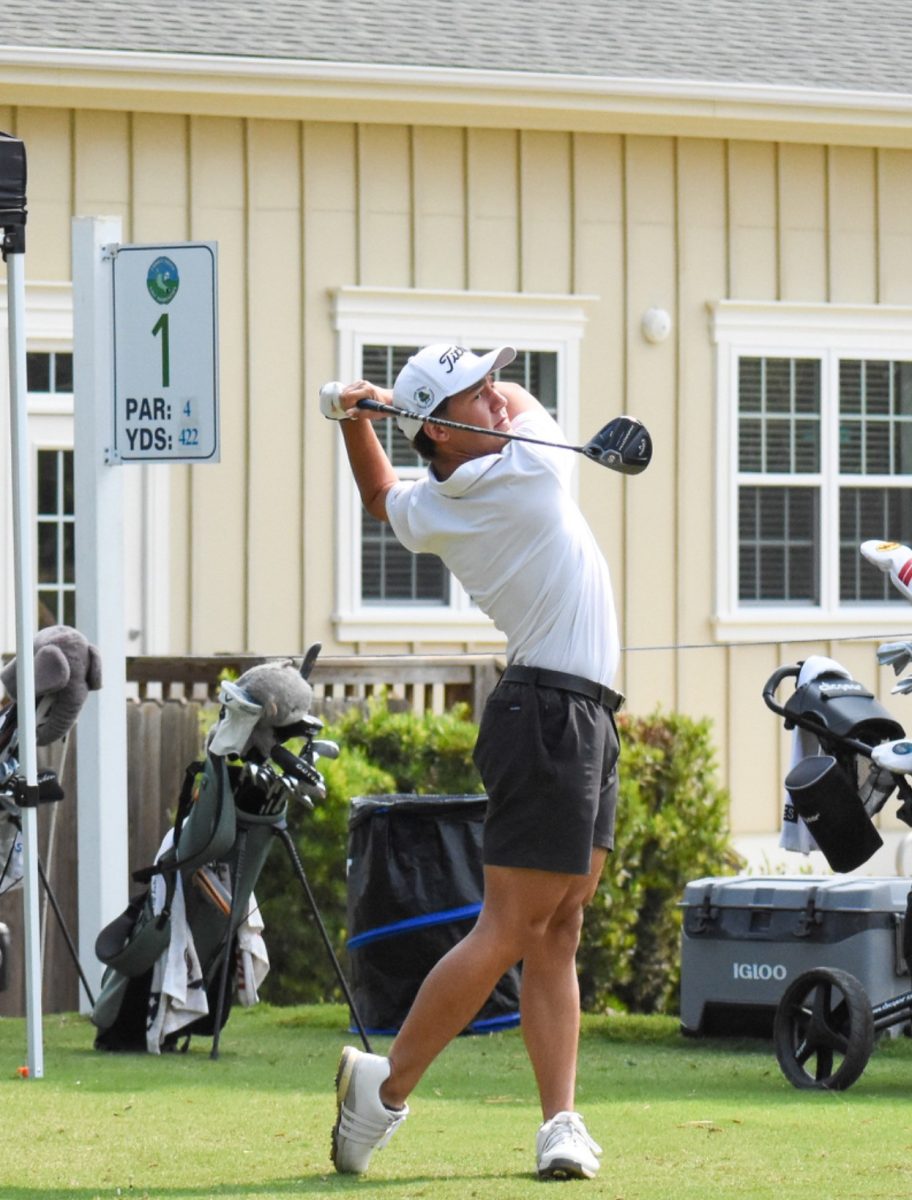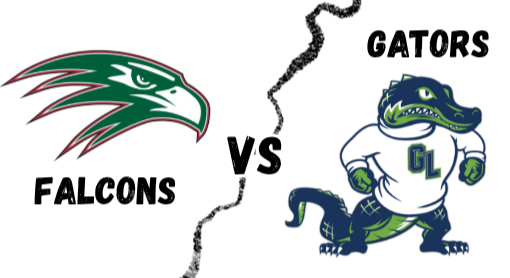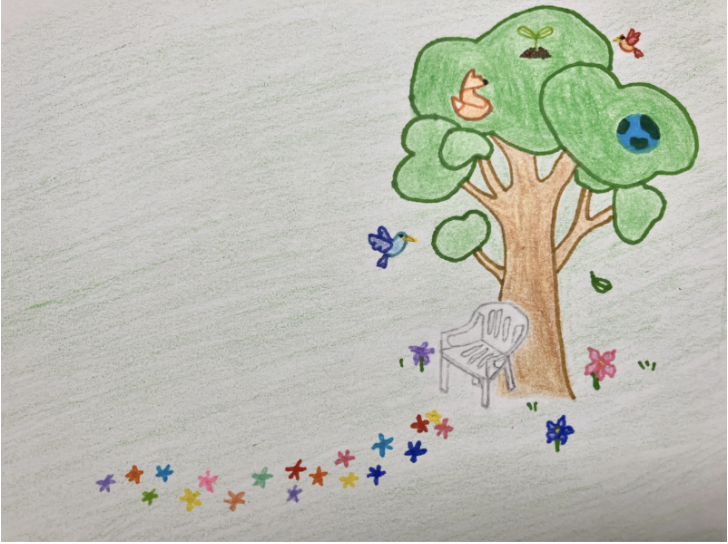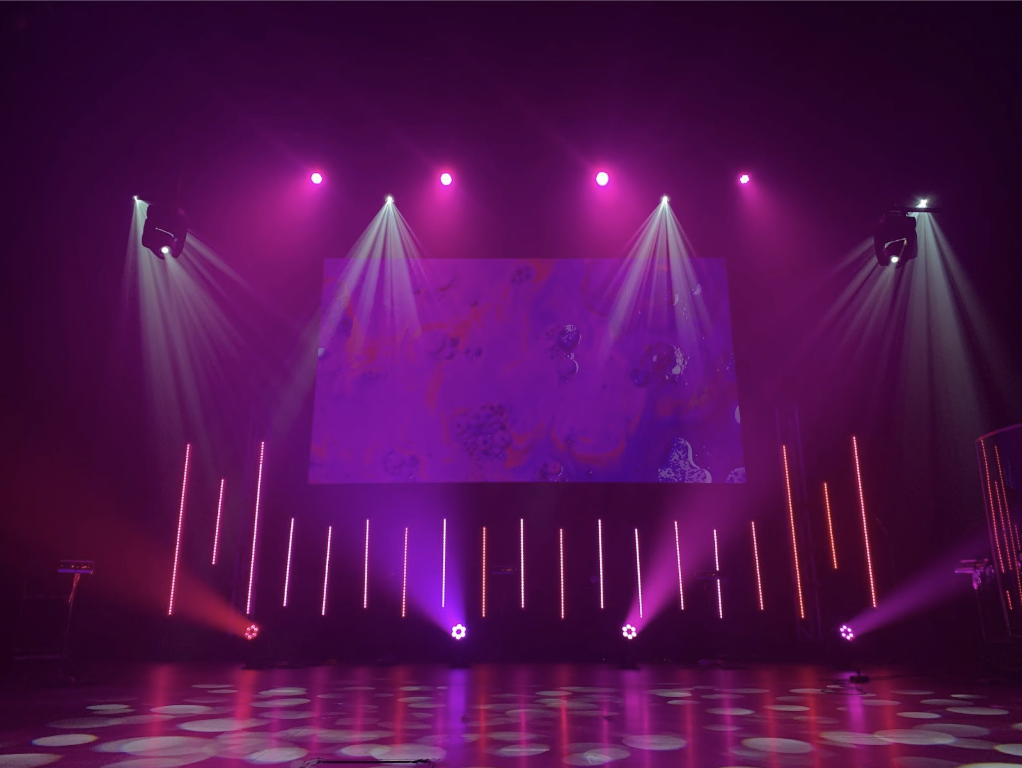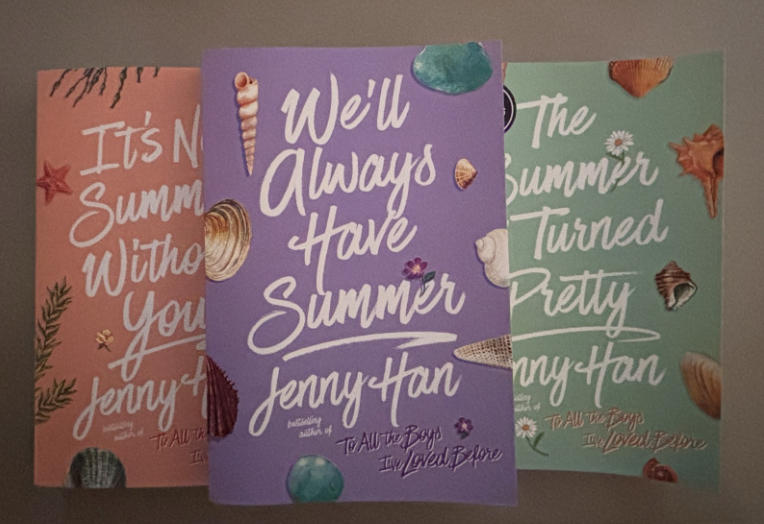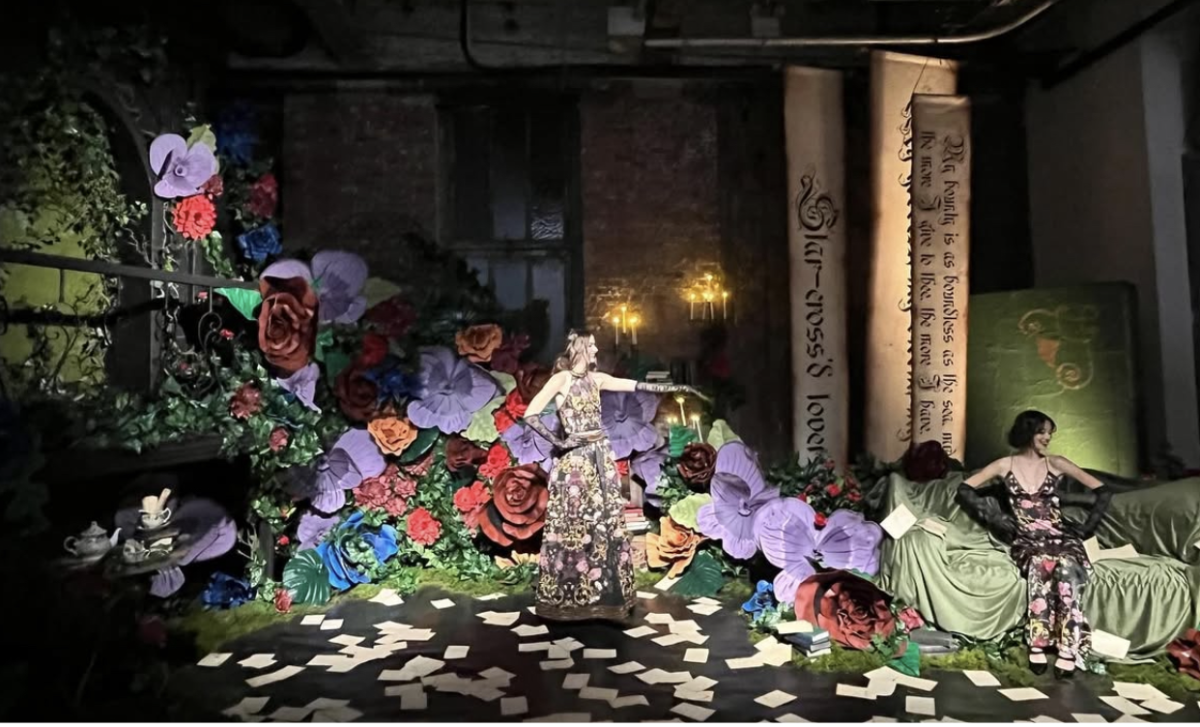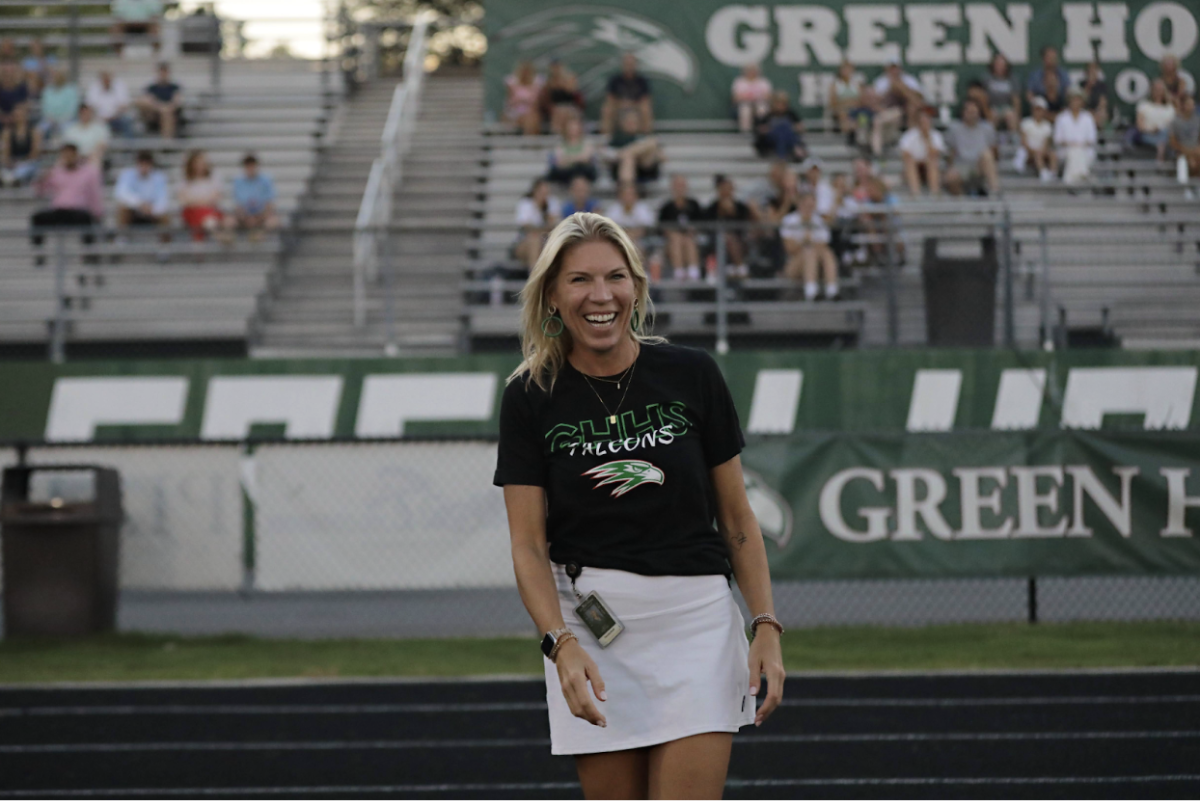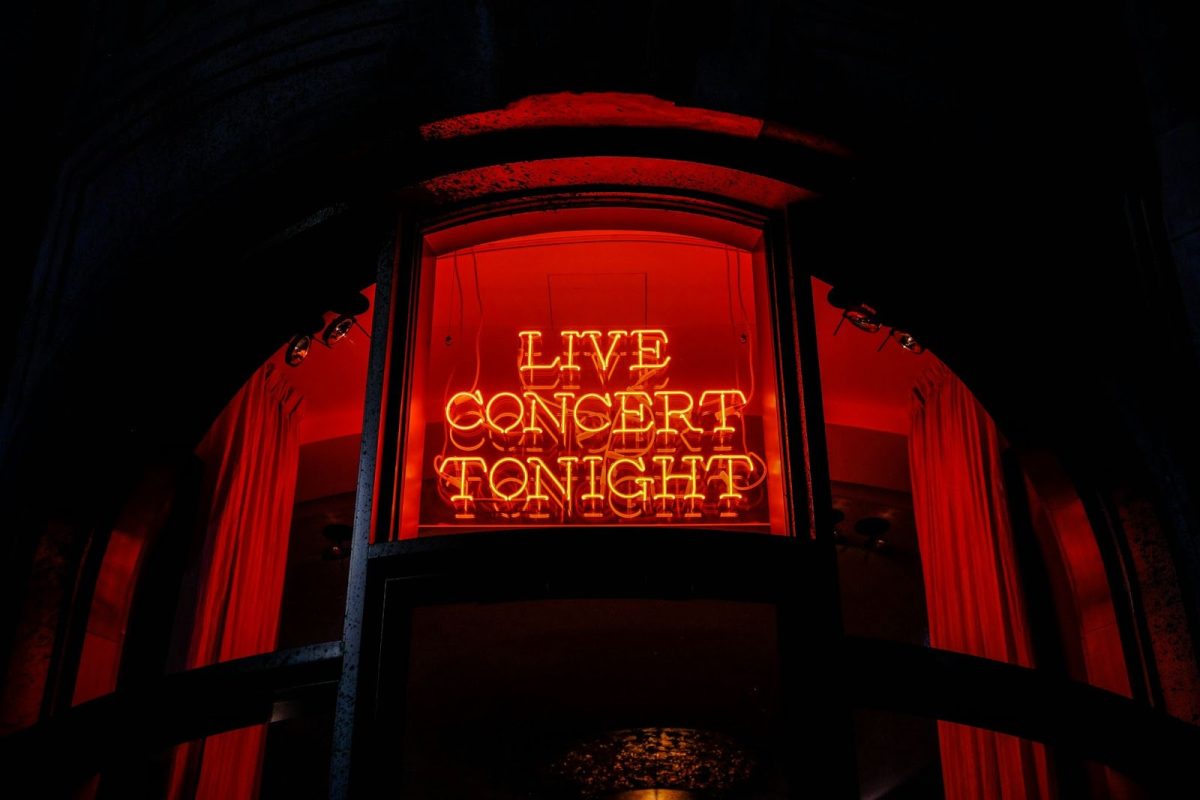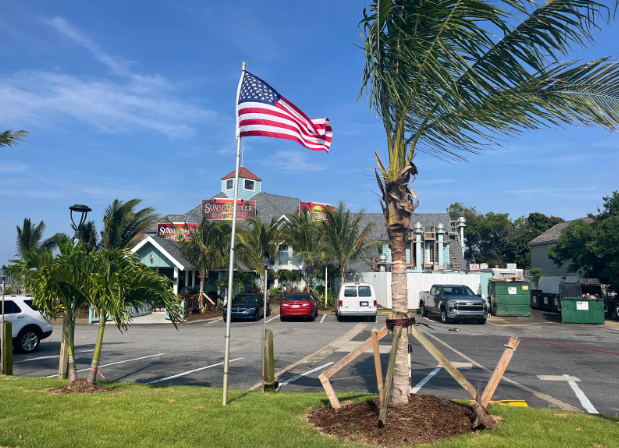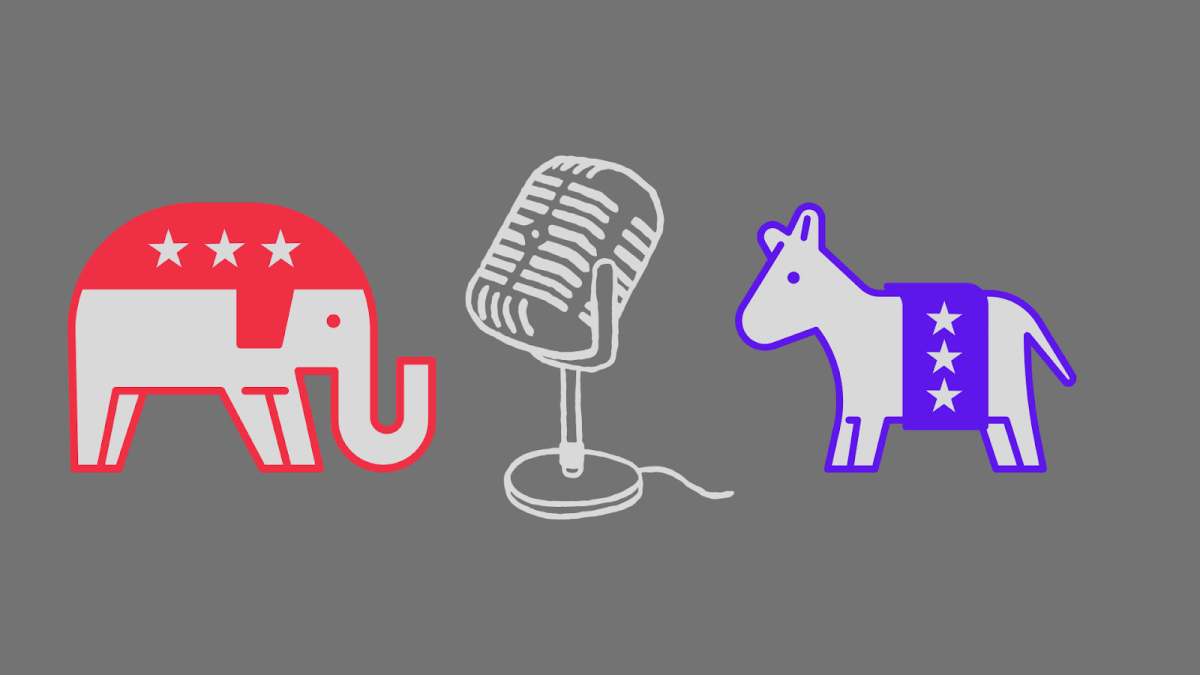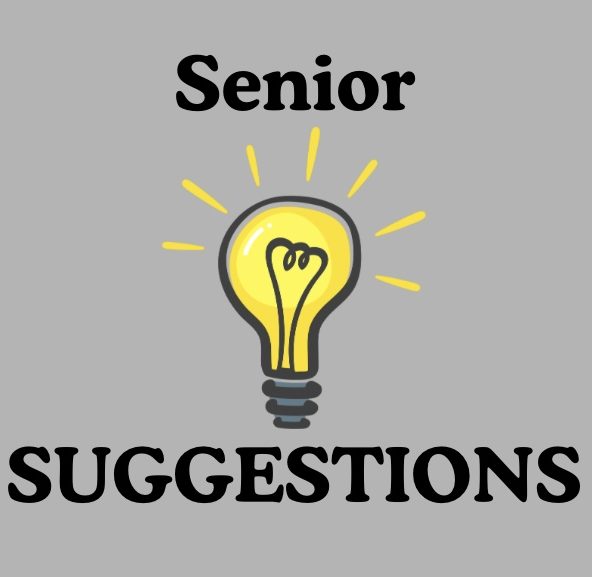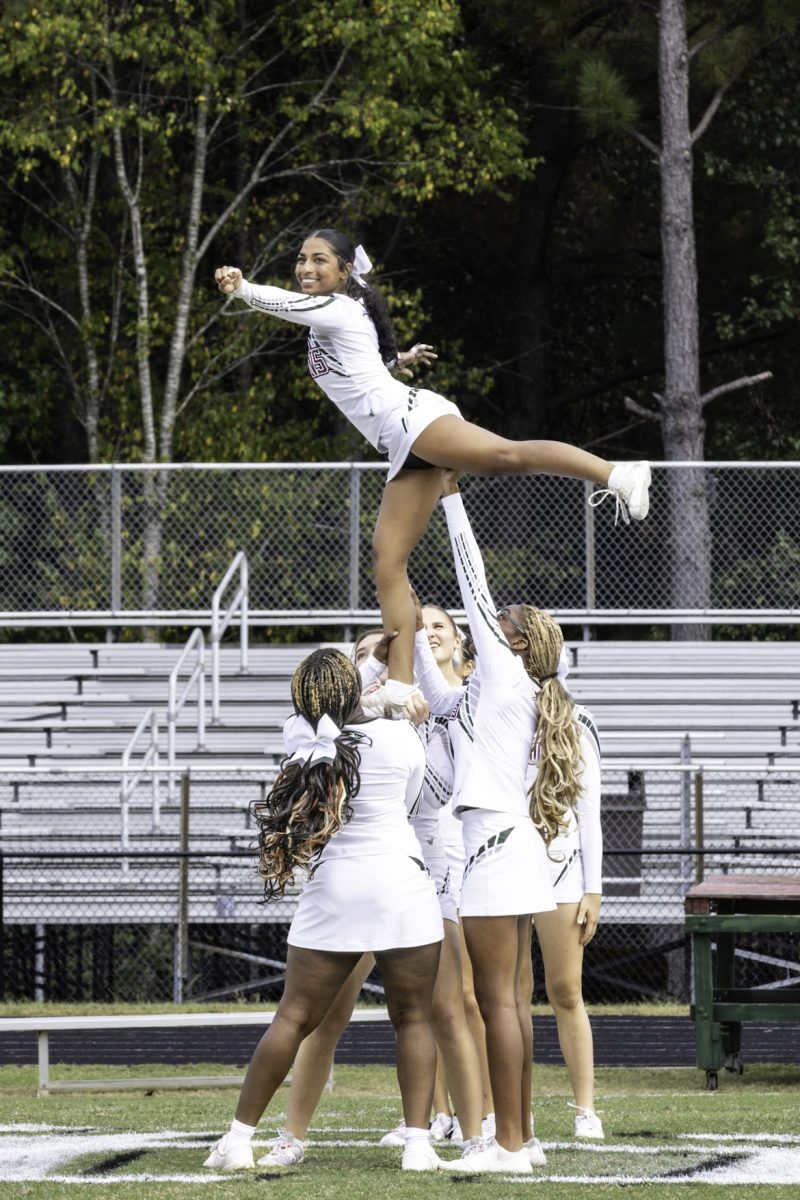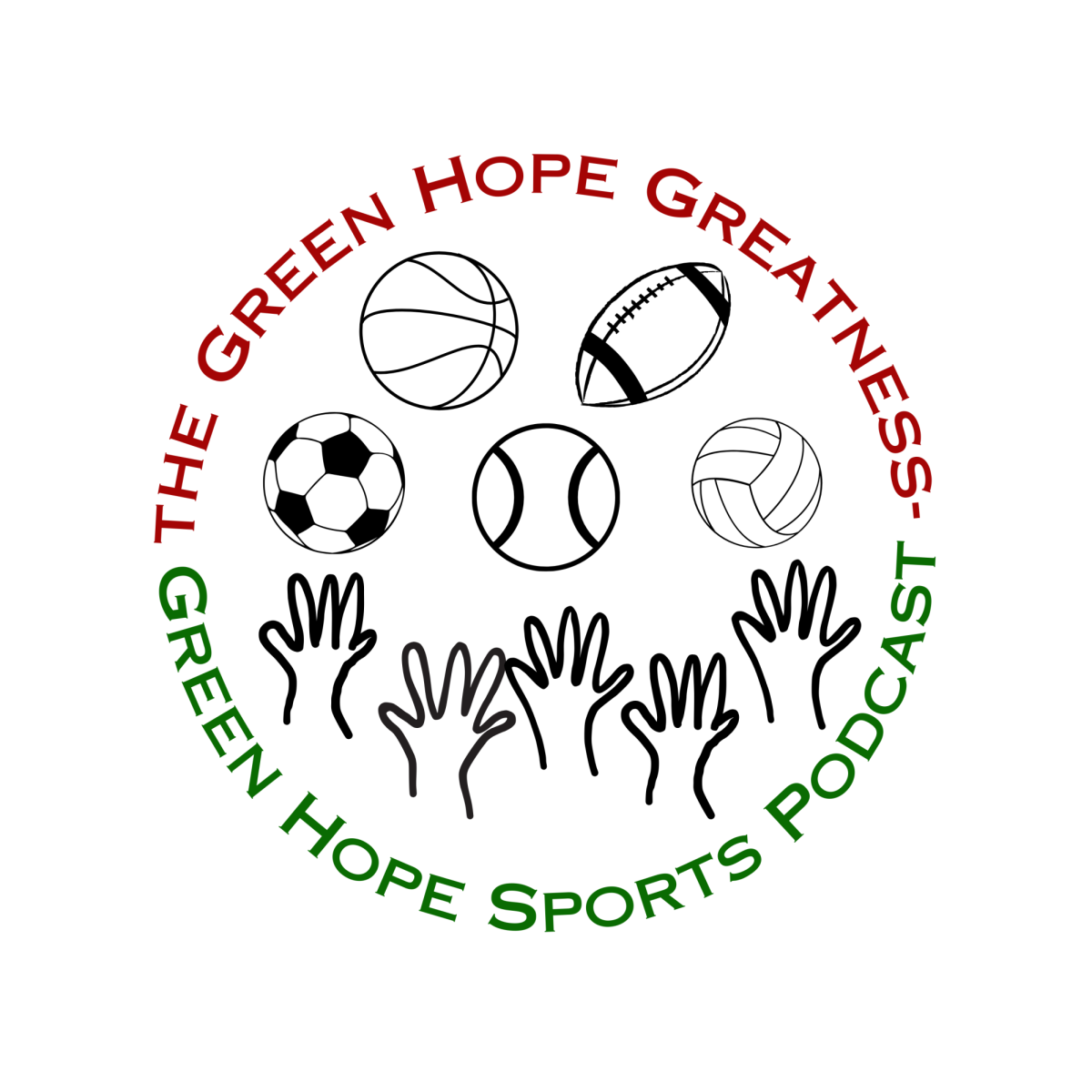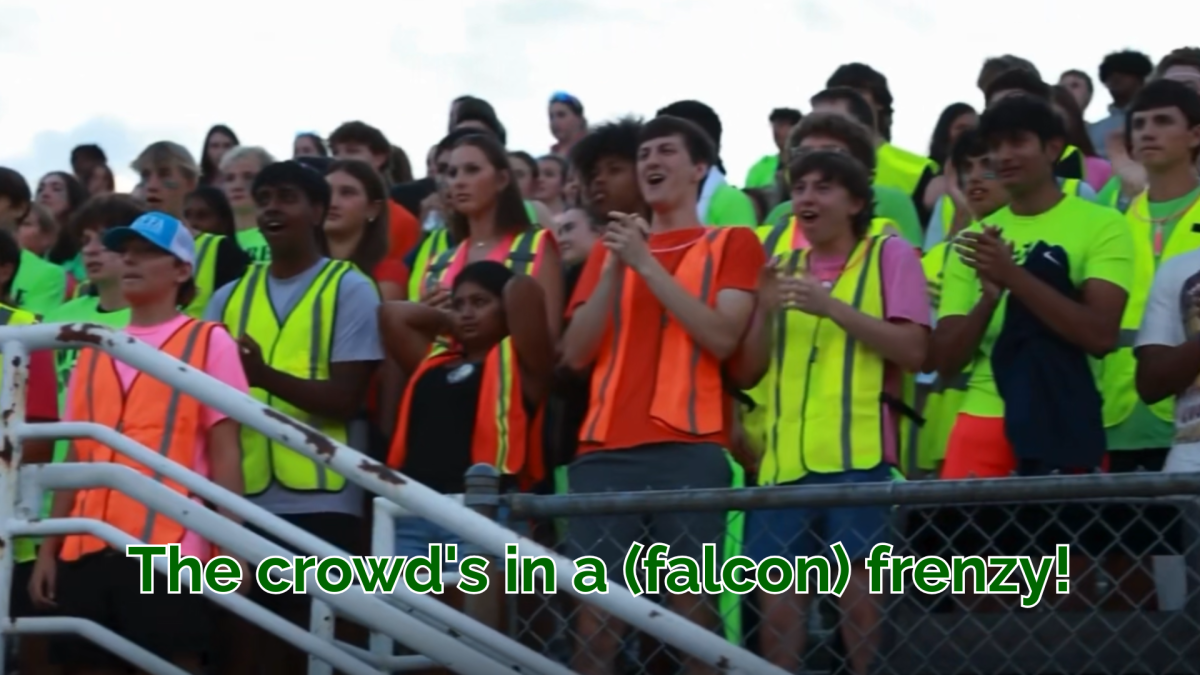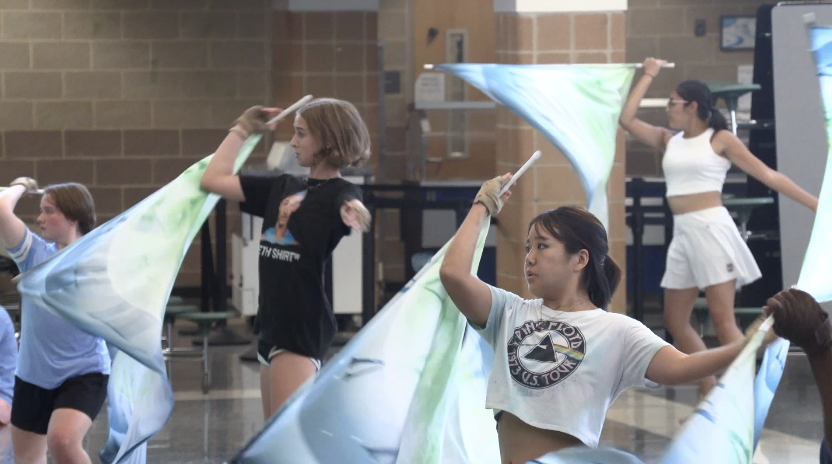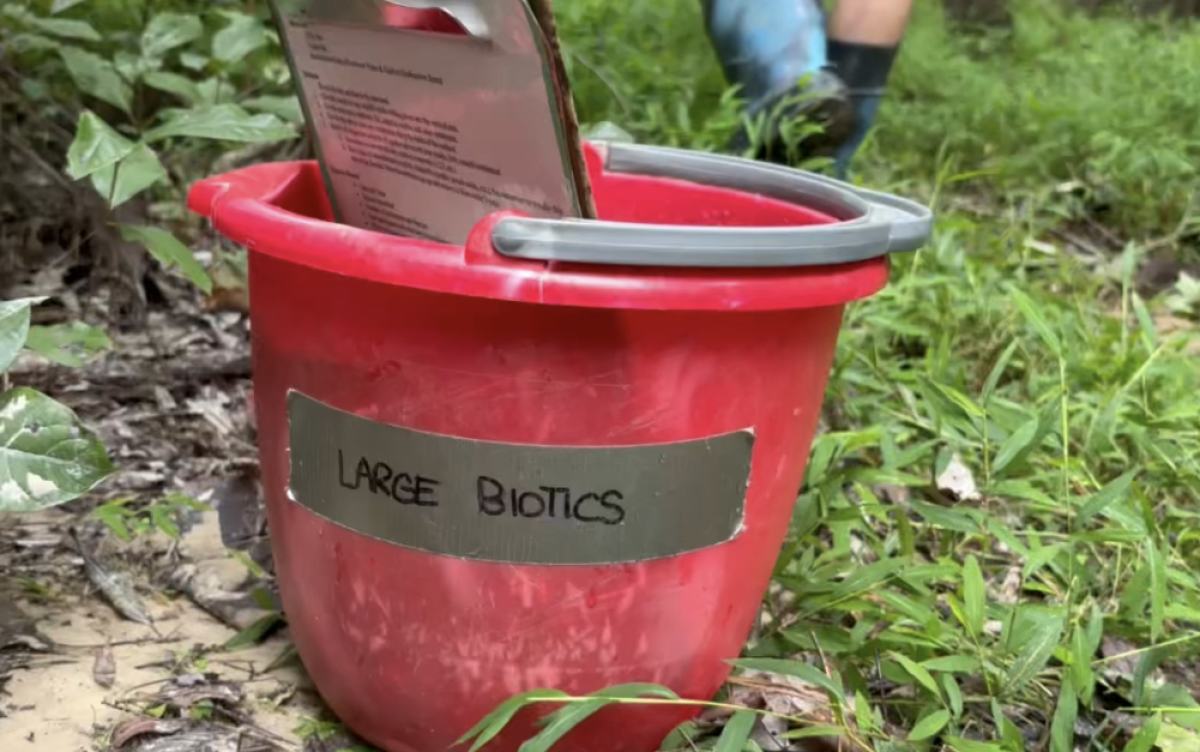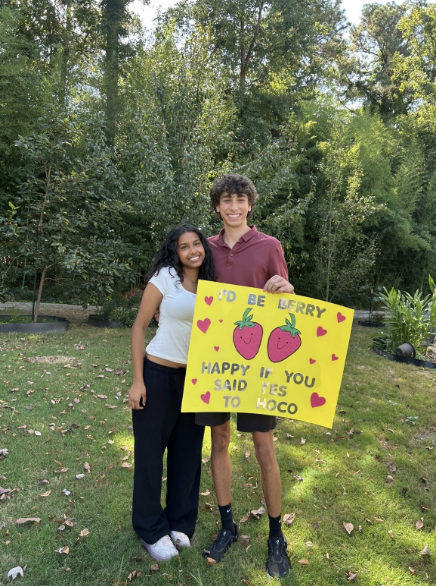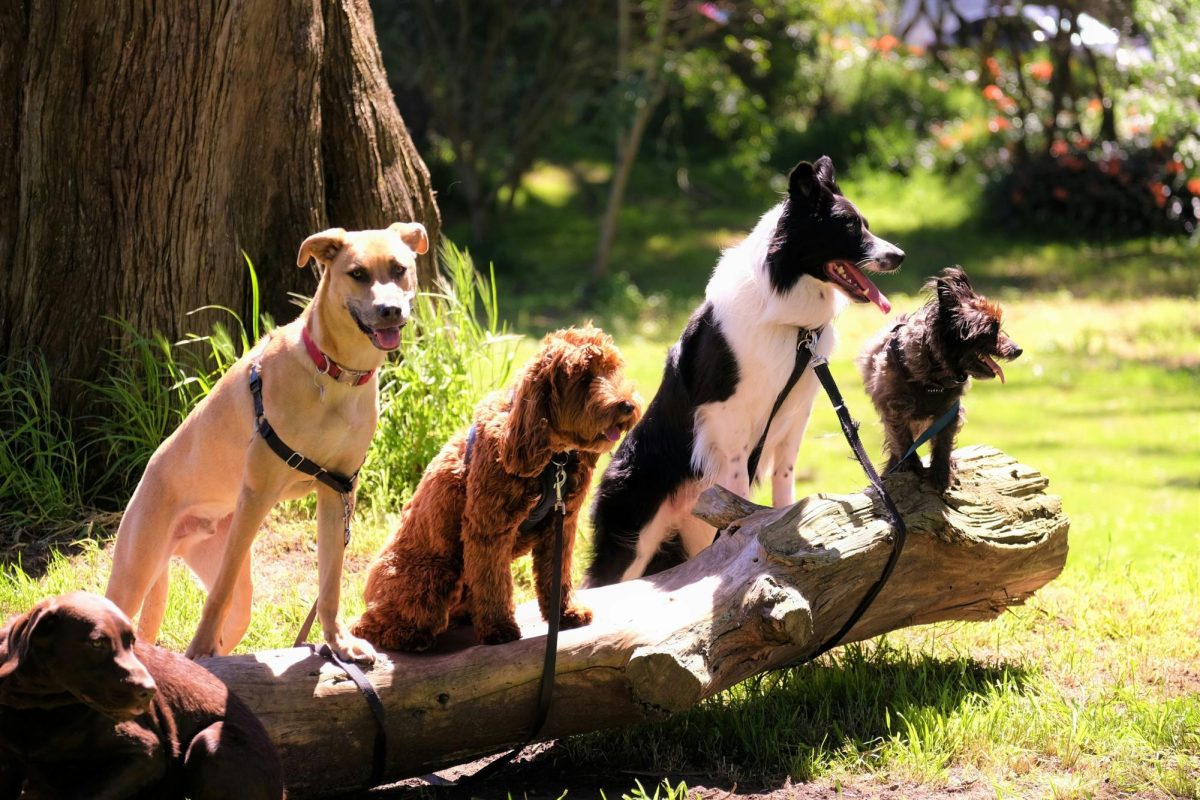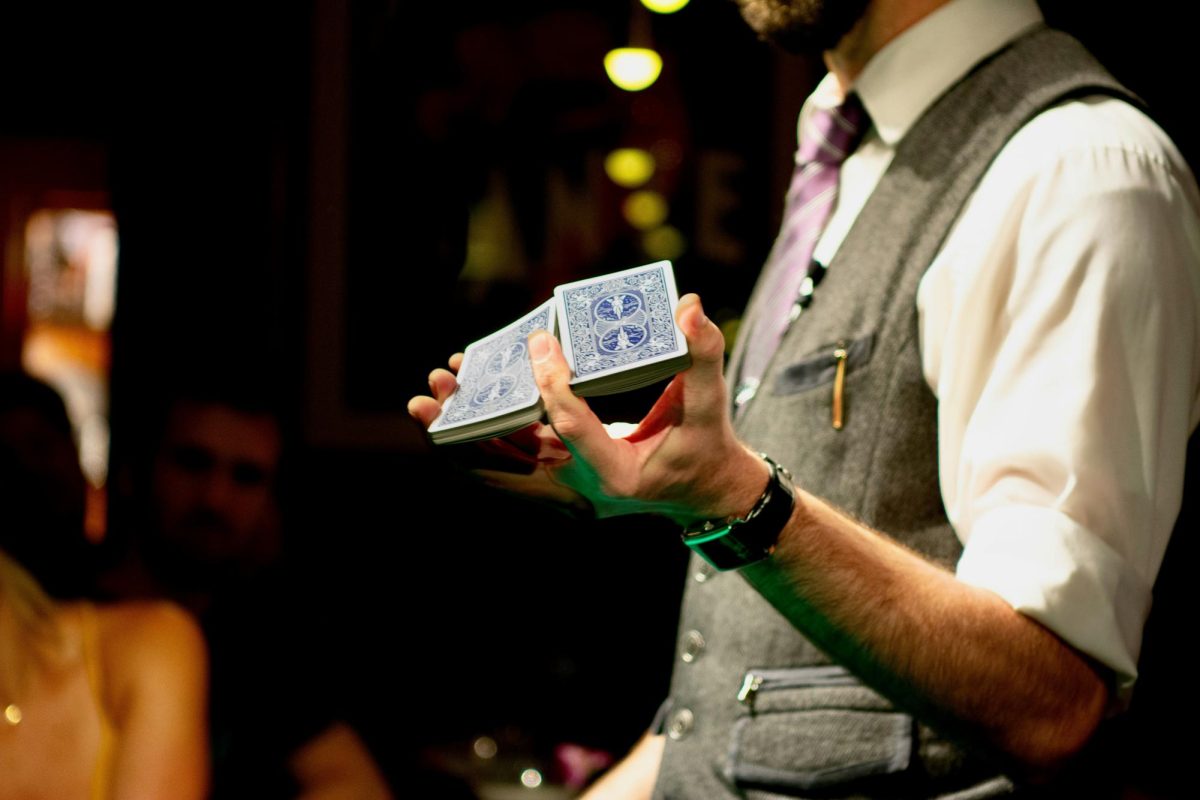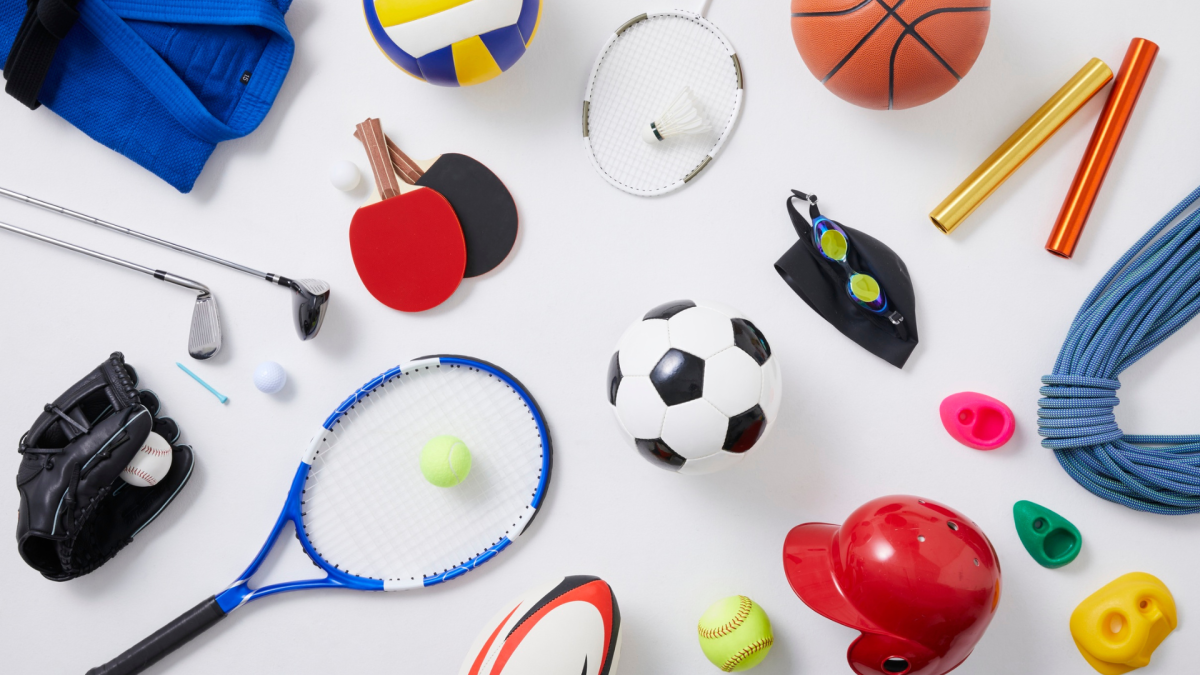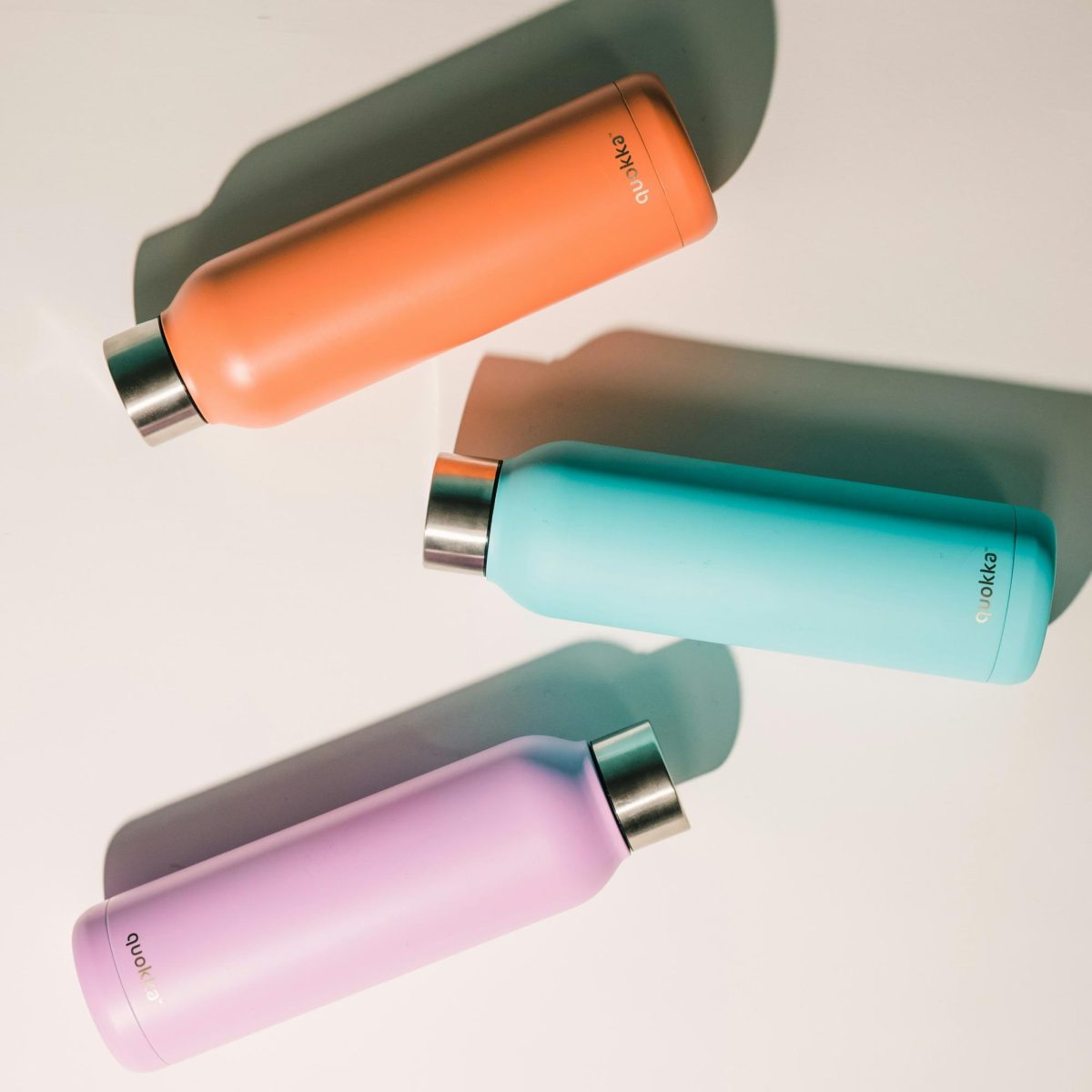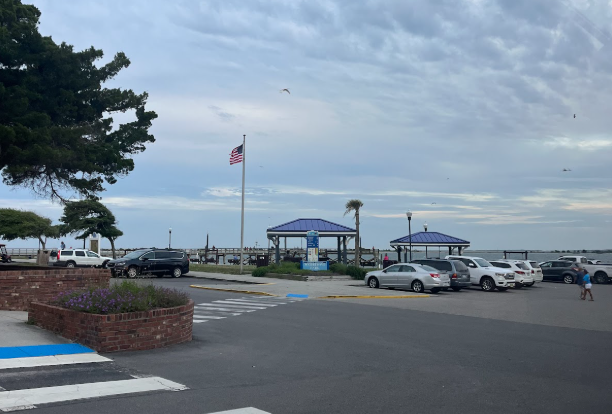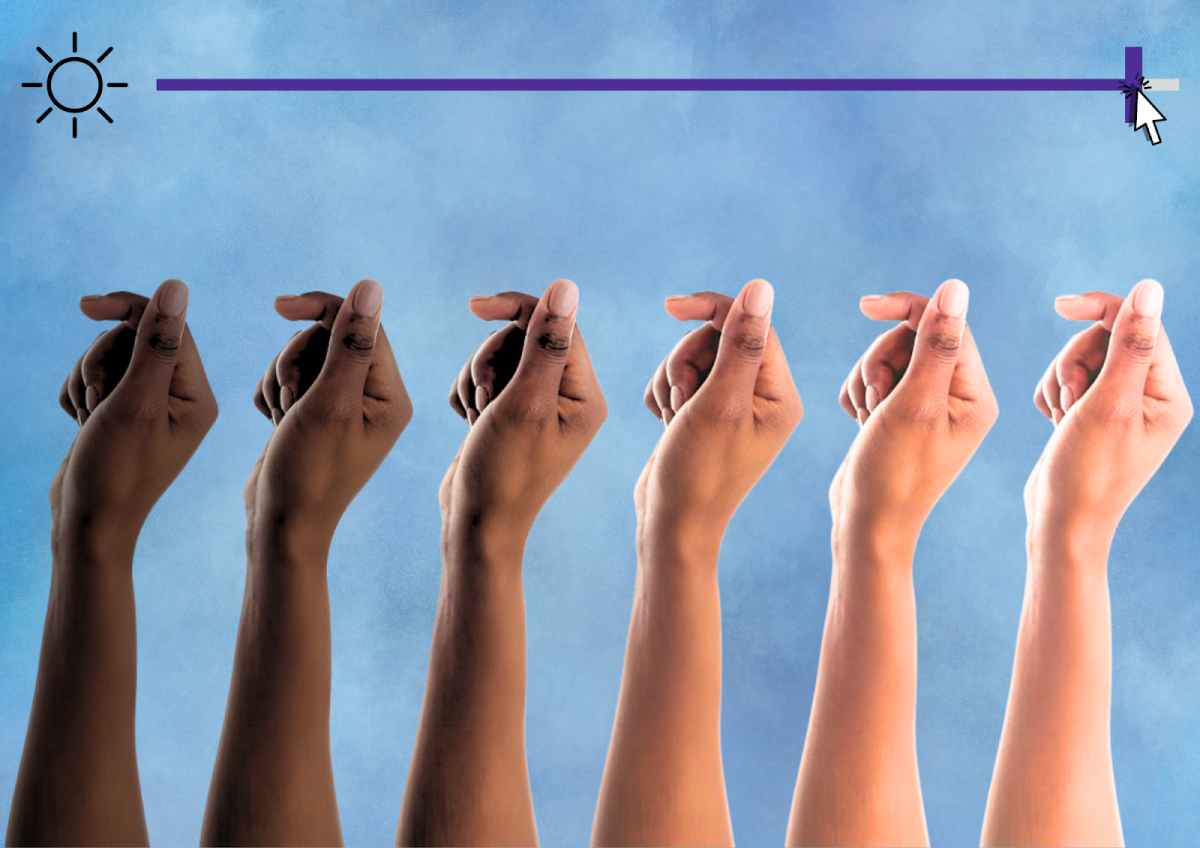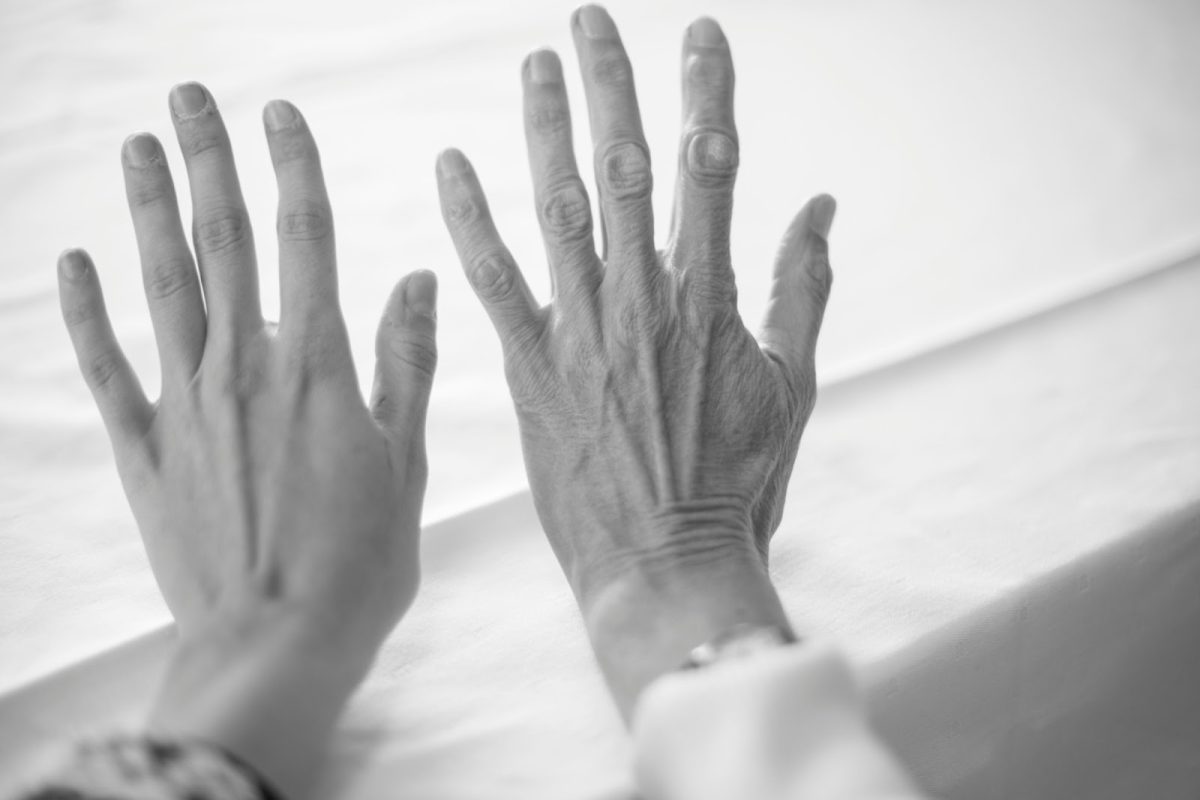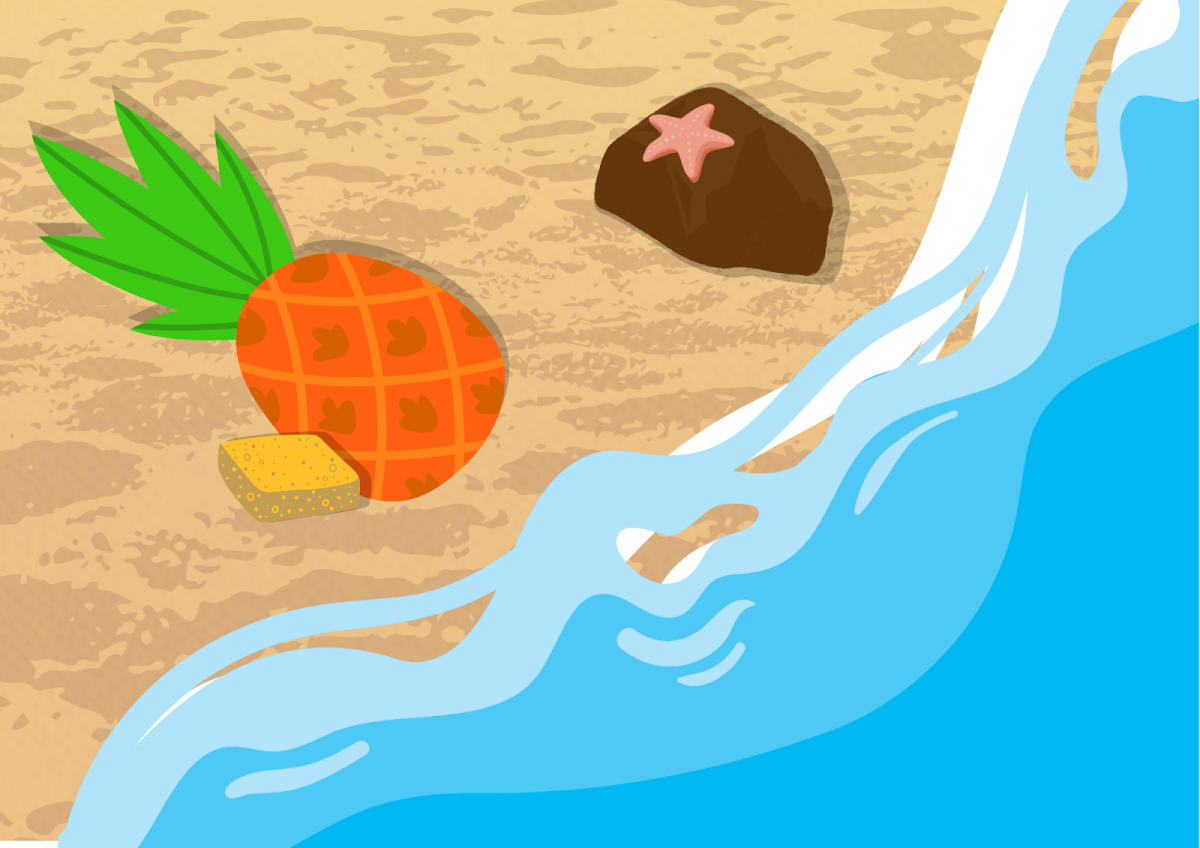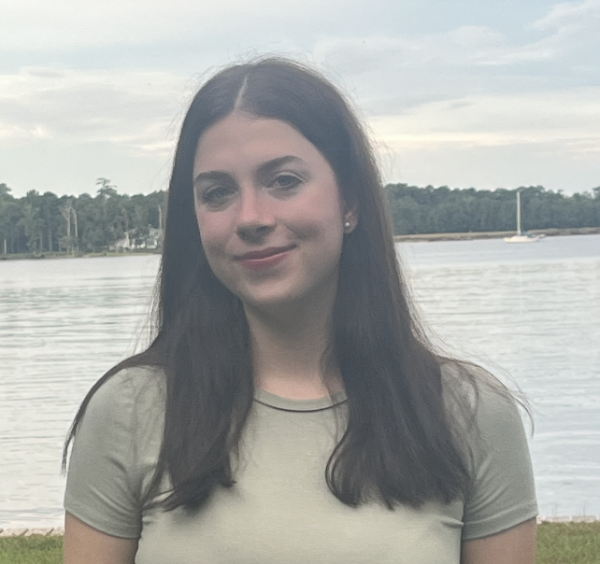In an age where we can communicate with others across the globe with the tap of a finger on a phone, travel to various planets and inject ourselves with medications to rapidly lose weight, many believe that the next advancement in technology is to eradicate aging. Behind this bold goal lies an ugly truth, however; people are deeply uncomfortable with or even afraid of getting older.
The mass aversion of aging stems from more than just vanity. Instead, it comes from a fear of slowly becoming invisible. In modern western societies, aging is equated to being left behind and not being valued, and this mindset is especially prevalent among women. Most cultures today equate a woman’s worth to her physical appearance and associate youth with beauty. Hence, advertisements portray aging as something to be “fixed” with an overpriced anti-wrinkle cream, rather than deeming aging as a symbol of wisdom and experience.
Media response towards aging plays a big role in fueling the insecurity of getting older. 50 year olds who “don’t look their age” are celebrated, while those who choose to embrace aging are often overlooked or judged. To avoid this cultural bias and scrutiny, several individuals in younger generations are already on their anti-aging journey.
A Dermstore poll conducted across the country revealed that numerous young women are starting to fight against aging in their mid twenties, unlike past generations, who typically began anti-aging cosmetic treatments in their late forties. According to the survey, over a quarter of women under 25 regularly worry about their signs of aging, and 42% of those aged 25-34 feel the same way.
The extent to which aging is condemned has even reached pre-teens, who can be seen on social media platforms such as TikTok using anti-aging skincare. Many of these young girls were influenced to buy anti-aging serums and creams by TikTok, a platform that constantly displays a plethora of extensive skincare trends such as buying products made with snail mucin, using red light therapy masks, consuming collagen coffee, drinking from anti-wrinkle straws and even injecting preventative botox have become popular as a result of viral videos.
Children using anti-aging products is not only damaging to their skin, but detrimental to their mental health as well. Exposure to anti-aging messages from a young age can negatively impact a child’s self esteem and instill a perilous fear of aging. Adopting unnecessary skin care routines and constantly worrying about maintaining a youthful image robs adolescents of their childhood, creating unrealistic beauty standards that will follow them into adulthood.
The global market for anti-aging products is valued at roughly $47 billion, and it is only projected to keep growing as people continue to spend to prevent aging, hoping to pause time. Who decided that crows feet and smile lines are problems to be solved? Or that greying hair is a tragedy? The industries who capitalize off of insecurities of an entirely natural process.
Beauty advertisements throw around sparkly buzzwords like “age-rewinding,” “wrinkle correcting” and “skin lifting” which are packed with anti-aging implications. Many of these advertisements demonize aging and frame it as a disease just to sell their products.
The belief that aging is a bad thing doesn’t occur naturally; people have been conditioned to see natural signs of aging as flaws through marketing that correlates youth to beauty. By taking advantage of consumer insecurities and vilifying aging, beauty industries have amassed a billion dollar businesses while contributing to ageism, prompting people to continue to buy quick fix solutions rather than accept growing older.
The fear of aging is more than skin deep–it is rooted in the fear of fading into the background, shaped by societal and cultural pressures. While it isn’t possible to defy aging, it is possible to embrace it and age with grace– without an anti-aging serum or an intensive injection regimen.


